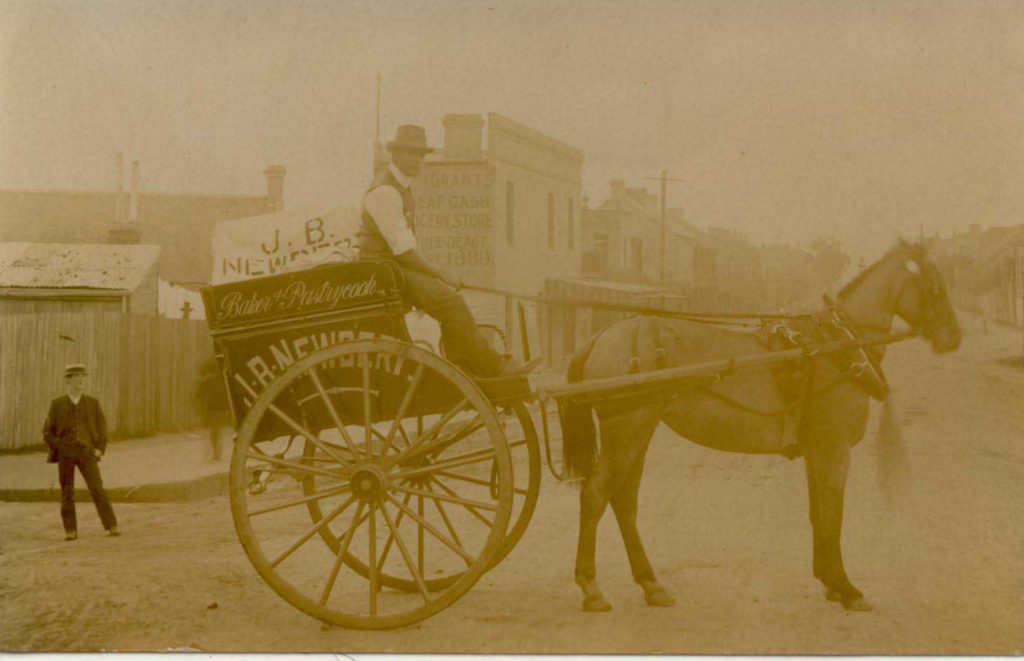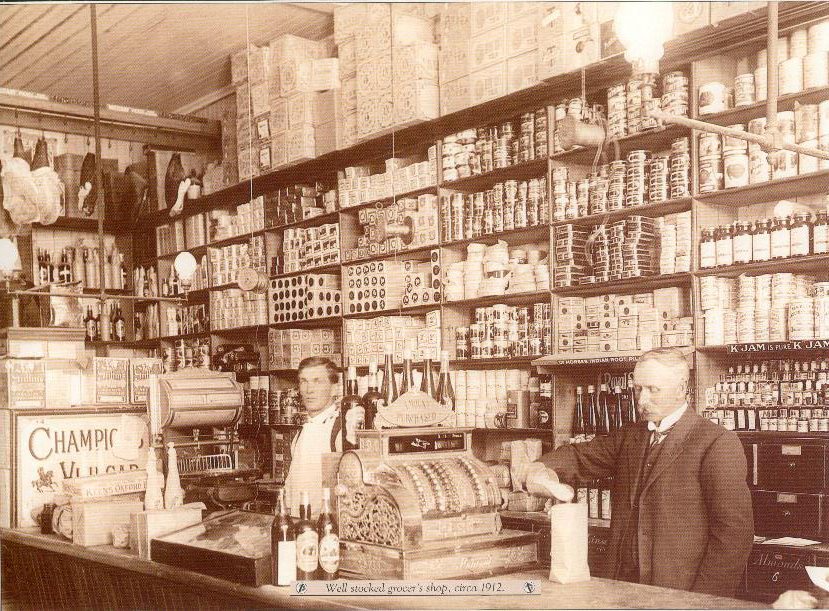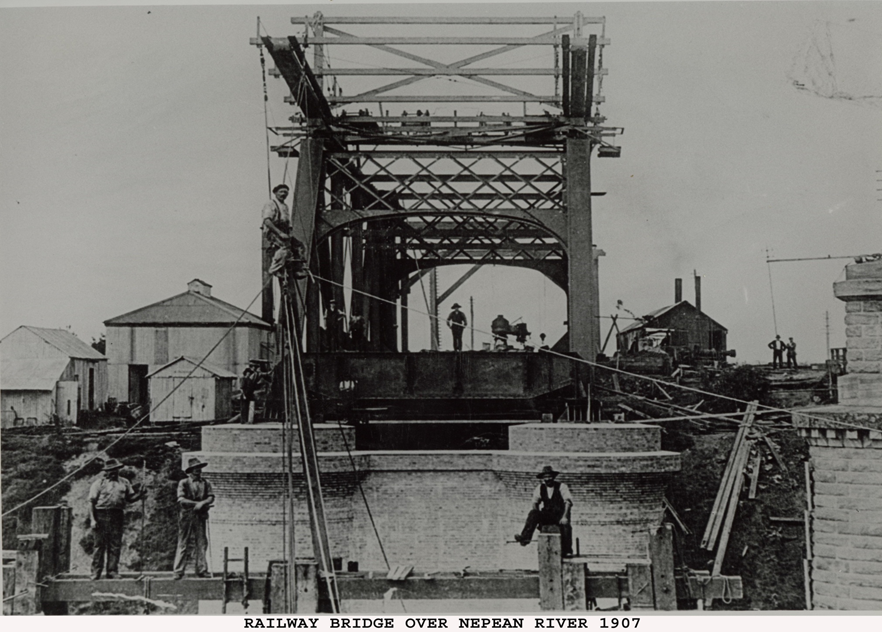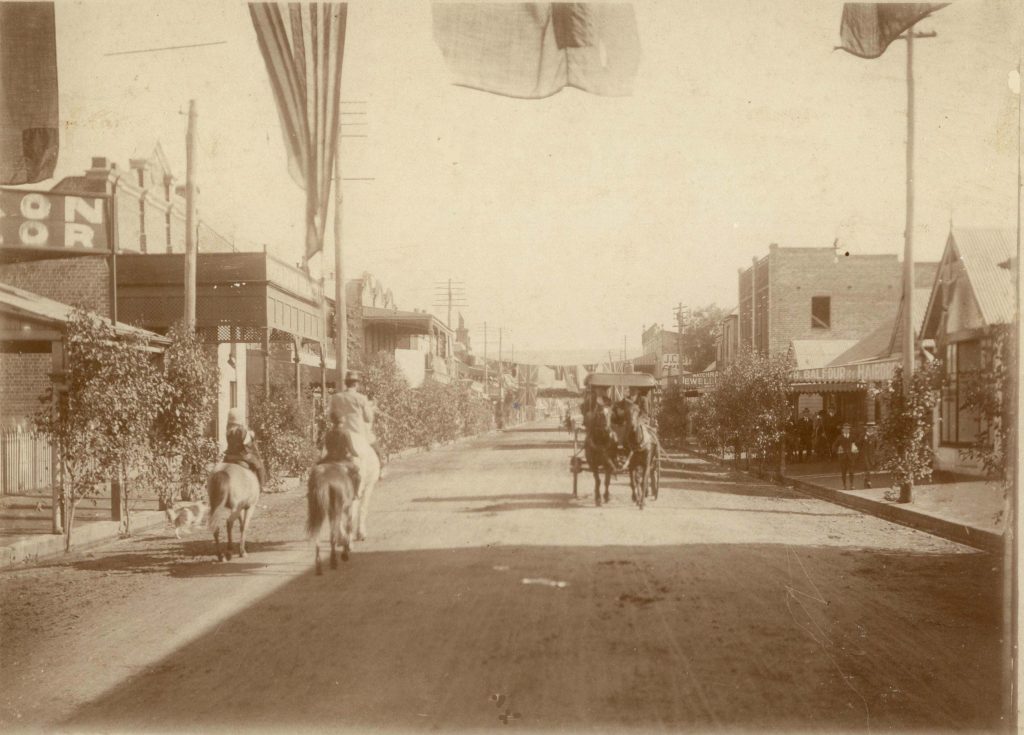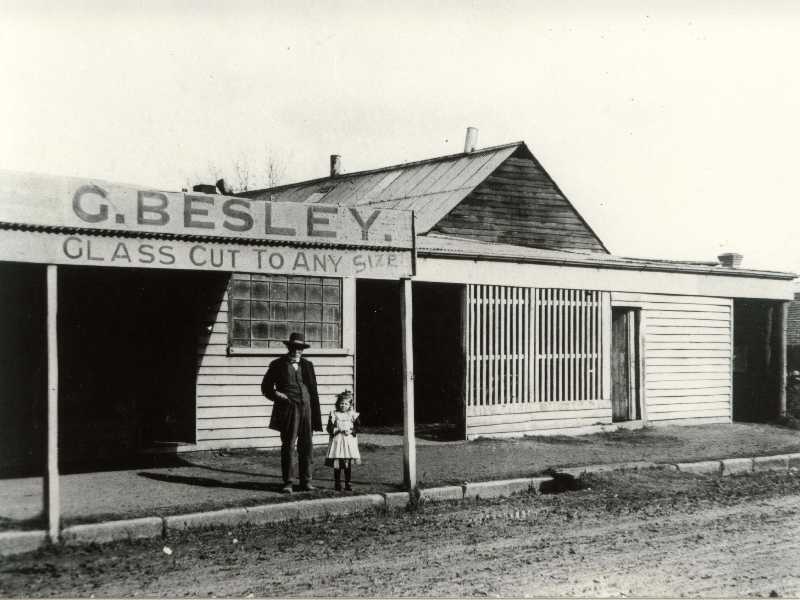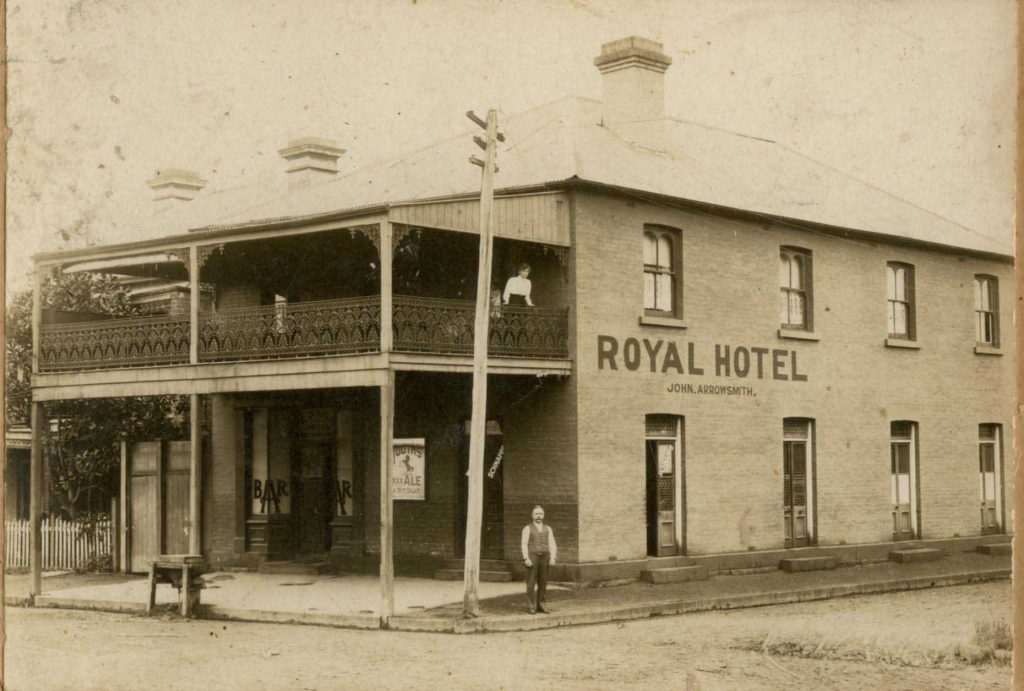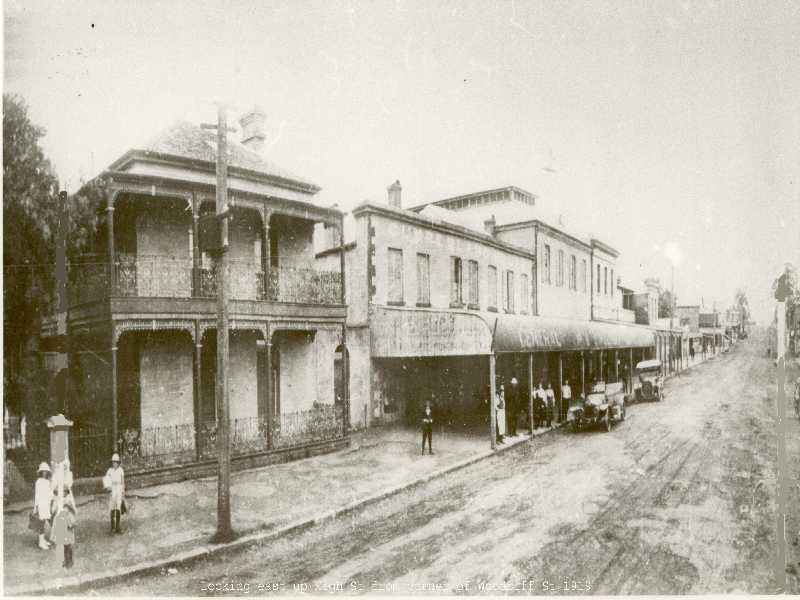Vintage FM would like to acknowledge the Australian Aboriginal and Torres Strait Islander people as the first inhabitants of the nation and the traditional custodians of the land.
We all know Blaxland, Lawson and Wentworth – the three European explorers who successfully crossed the Blue Mountains – but do you know who built the first road over the Blue Mountains?
10am, July 18, 2019 marked exactly 205 years since the turning of the first sod in the construction of ‘The Great Western Road’; the road from Penrith (then known as Evan), across the Nepean River, the Blue Mountains, and all the way to Bathurst.
The year was 1814. Up until the previous year, European Settlement had been stuck unable to find a way to safely cross the Blue Mountains. Once Blaxland, Lawson and Wentworth had found a suitable path, Retired Army Officer William Cox – who resided in the Hawkesbury Region and worked as a magistrate – was tasked with leading a group of 30 convicts in constructing a road over the mountains that would be suitable for carts and carriages.
The road would be constructed starting on the eastern banks of the Nepean River on Captain Daniel Woodriff’s farm (Which is in line with High St Penrith as though you are travelling to Emu Plains).
Here are two entries from William Cox’s diary in 1814:
July 17.
Left Clarendon at 9 a.m.; arrived at Captain Woodruff’s farm at noon. The
carts from Richmond arrived at 2 p.m., and at 4 the two carts and wagon
arrived from Sydney with provisions, slops, tools, etc. Mustered the
people, and issued bread to them.
July 18.
At daylight gave out the tools to handle and put in order. Issued half a
week’s provisions to the whole party. Began work at 10 a.m. to make a
pass across the Nepean River; the banks very steep on the east side. In
the afternoon issued to the workmen a suit of slops, and a blanket to
each man (thirty in number). In examining the slops, two pairs shoes and
three pairs trousers were deficient. Gorman, who had charge, states the
case had been broken open when he took it out of the Parramatta store.
Wrote to his Excellency the Governor for additional bullocks and some
small articles of tools. Weather fine, clear, and frosty.
It’s hard to believe but people truly believed that once they surpassed the mountains that there would be a great sea on the other side. They were disappointed to find out there was vast land on the other side (but not for long – the Gold rush hit in 1851).
Incredibly, the road was completed mid January, 1815 – just 6 months after construction started. It stretched 101 and a 1/2 miles (equivalent to 163km) and was marked mile by mile on the trees on the left side of the road when heading West toward Bathurst.
The 25th April, 1815, was a “red-letter day” in the history of New South Wales, as it signalled the throwing open of the newly discovered western country to settlement, and the opening of the new road, which was completed by William Cox, and his small gang of labourers in January, of the same year… Separated as we are by more than a century of time it is difficult to realise what this sudden expansion meant to the then colony, cribbed, cabbined and confined as it had been by these mysterious mountains.
Frank Walker, Foreword – The Great Western Road
A century later in 1914, a train line had been constructed, the road improved and rebuilt and it was hard to imagine a time when the areas beyond the Blue Mountains were inaccessible. One thing remained, the joy and gratuity to William Cox and his men in constructing ‘The Great Western Road’. So much so that the residents of Penrith held a two day Centenary celebration.
The following comes from a newspaper clipping pasted into Frank Walker’s book – The Great Western Road, Illustrated:
THE FIRST ROAD
–
TO THE WEST.
–
HUNDRED YEARS TO-DAY
–
COX’S HISTORIC WORK.
–
CELEBRATIONS AT PENRITH
Penrith will celebrate to-day the centenary of the commencement of a great work—the making of the first road over the mountains.
The principal celebrations will be to-morrow, but there will be certain festivities for the school children to-day.
It is not exactly the centenary of Penrith itself. The site on which Penrith stands had been to some extent explored within three years of the arrival of the first settlers in Australia—twenty-five years before the road was begun—and it was not named Penrith until many years after the road was finished.
“What is celebrated to-day and to-morrow is the centenary of the Great Western road. It was on July 17, 1814—one hundred years
ago to-day— that William Cox, the retired army officer, who had taken up land at Clarendon, and had offered to build this road, mustered his men at Captain Woodriff’s farm near the bank of the Nepean, where the great work was to begin.

205 years on, the Great Western Road has been replaced by other roads but is still remembered and commemorated each year by the Arms of Australia Inn Museum on the 3rd Sunday in July with a Historical open day.
The Great Western Road was Sydney’s gateway to the west and truly changed the lives of European Settlement.
Some more historical photos below:
